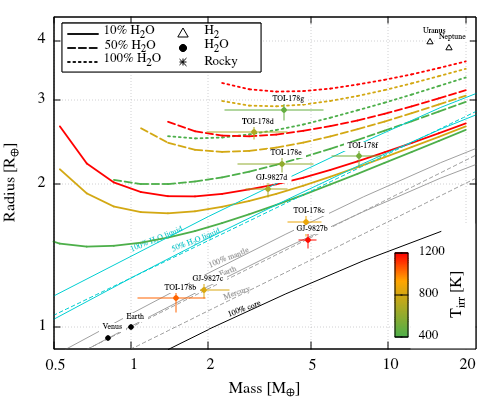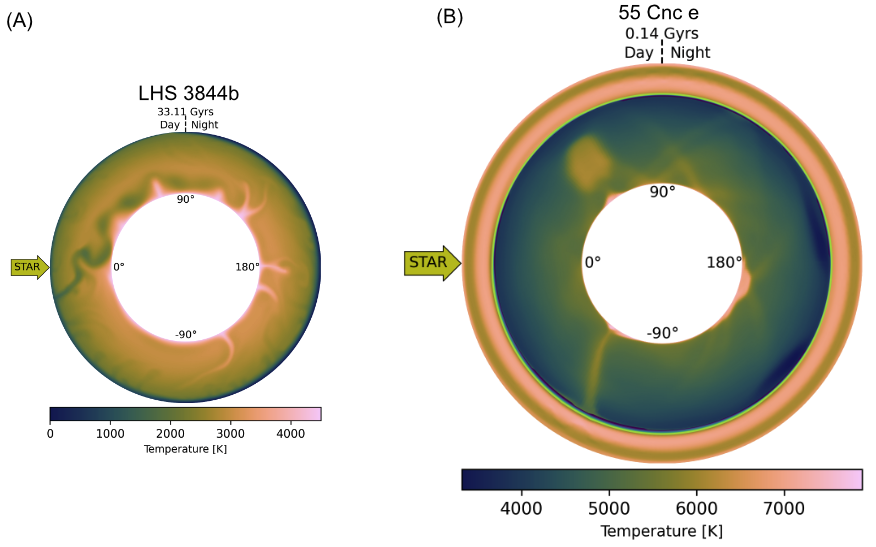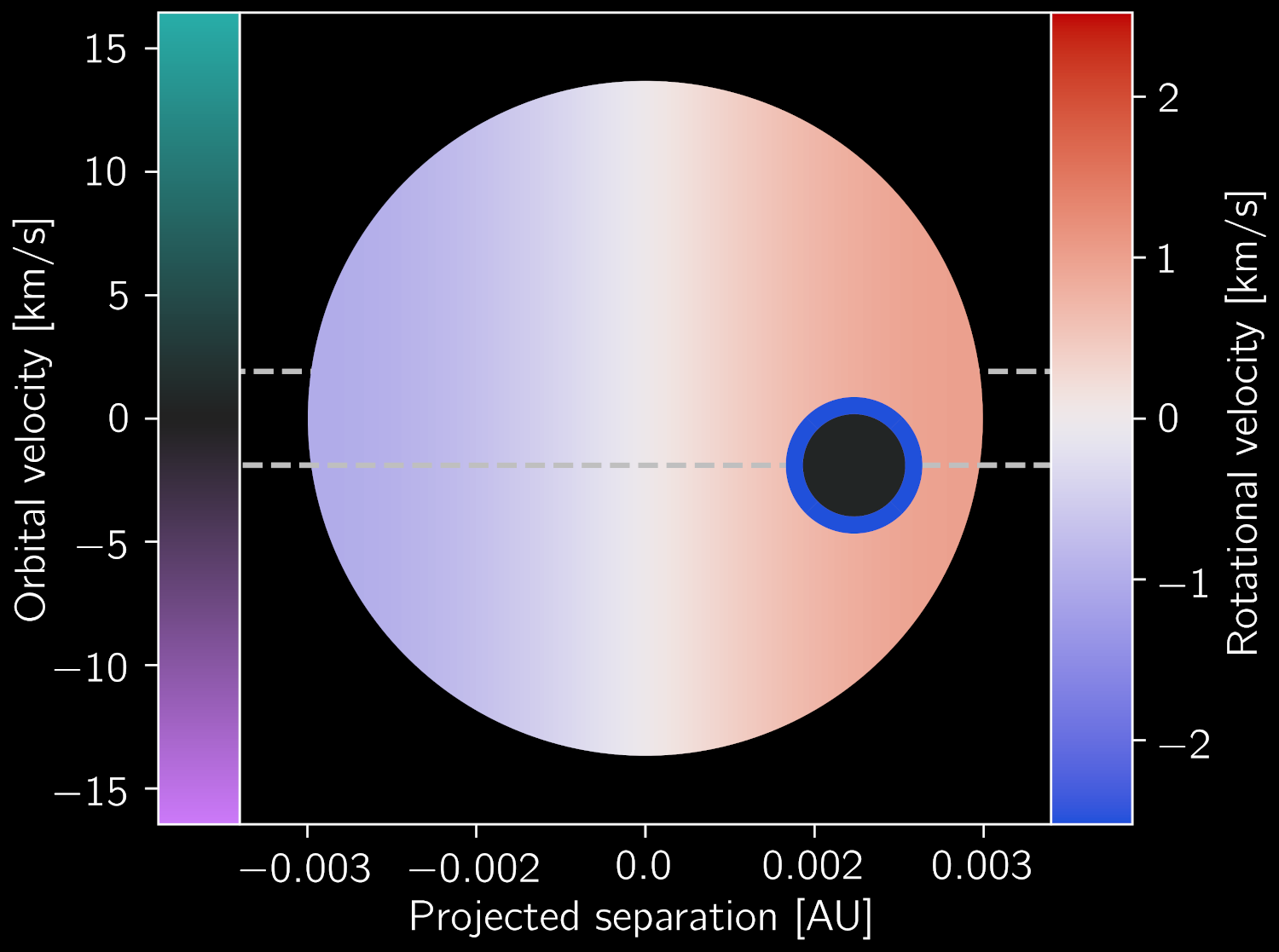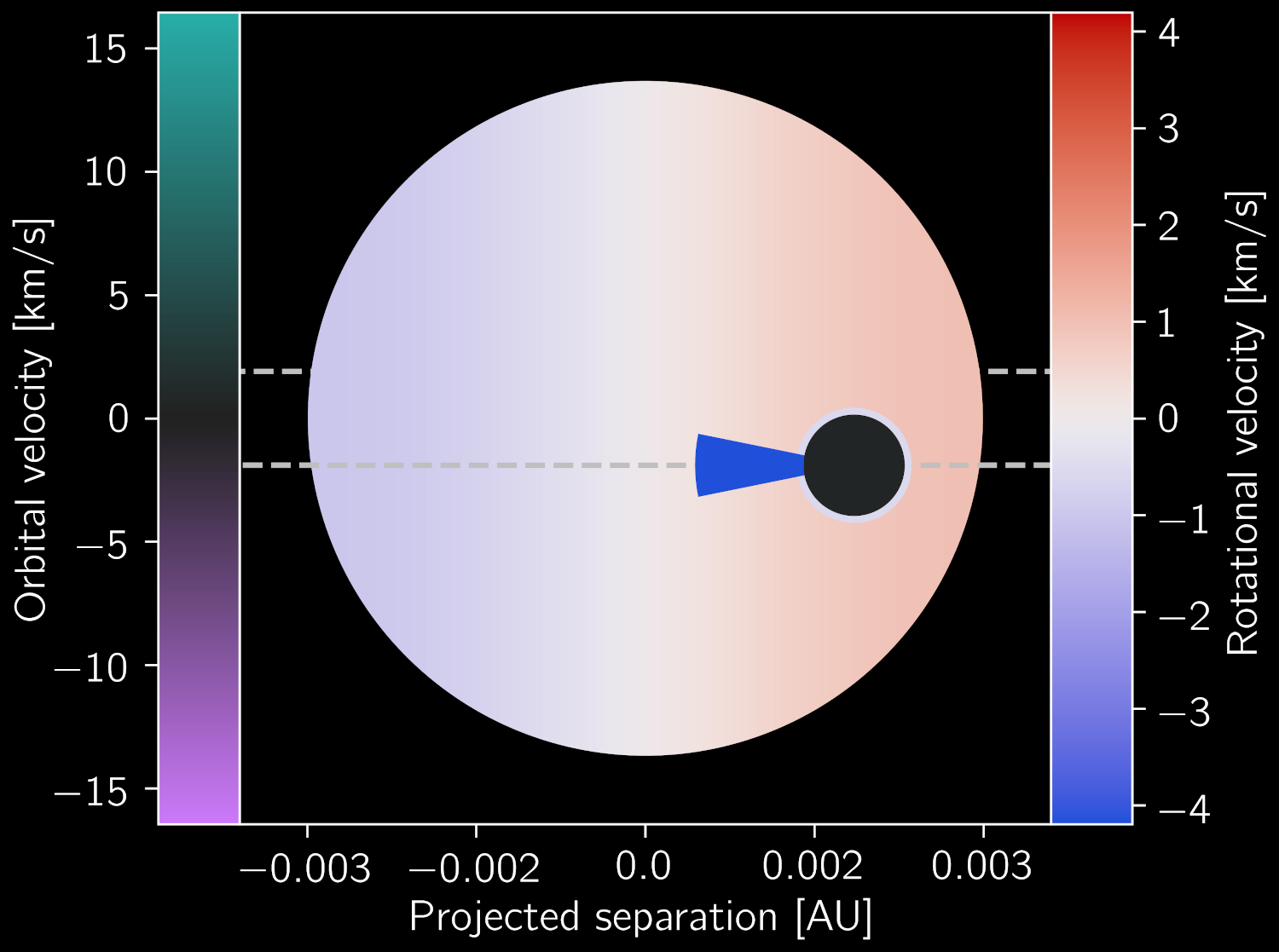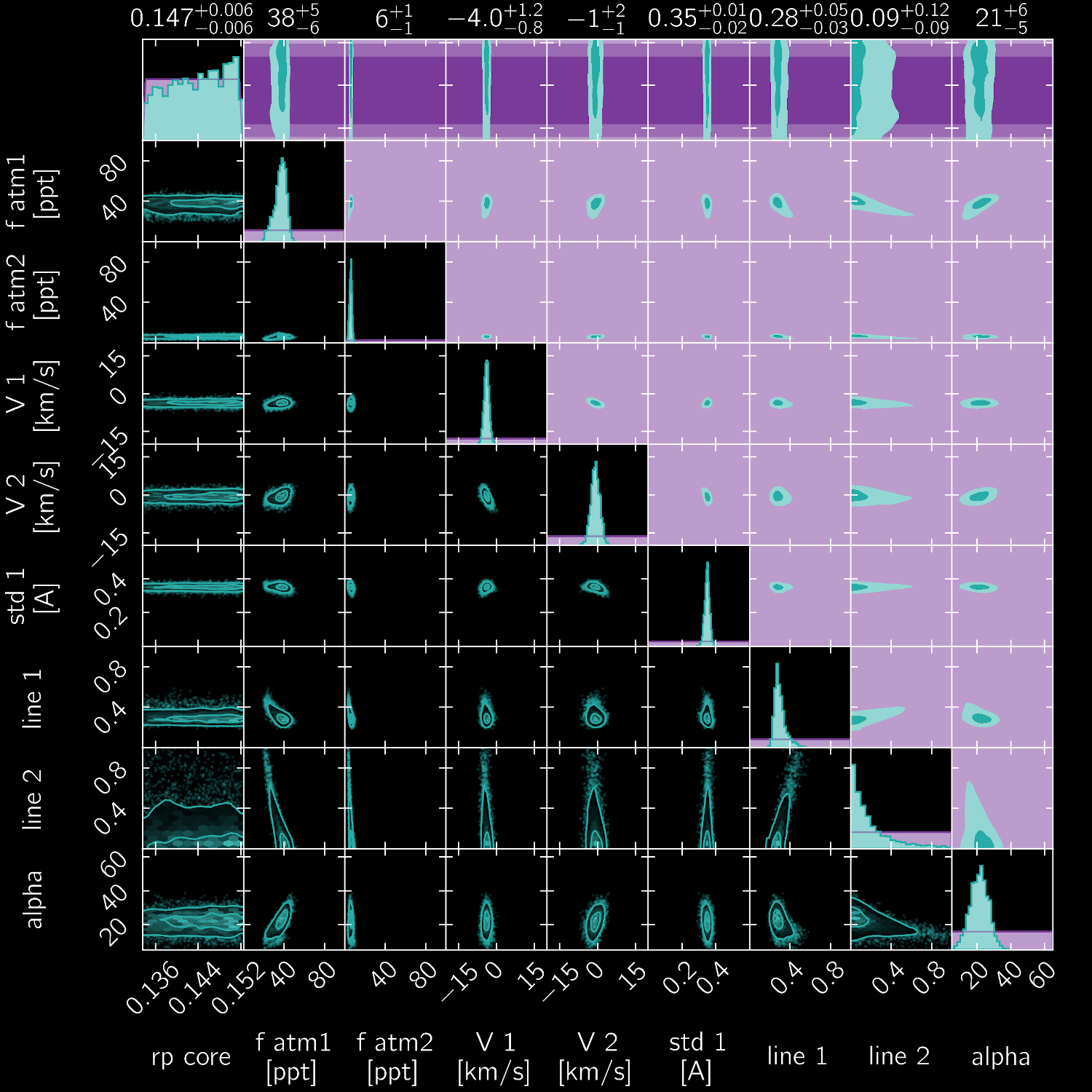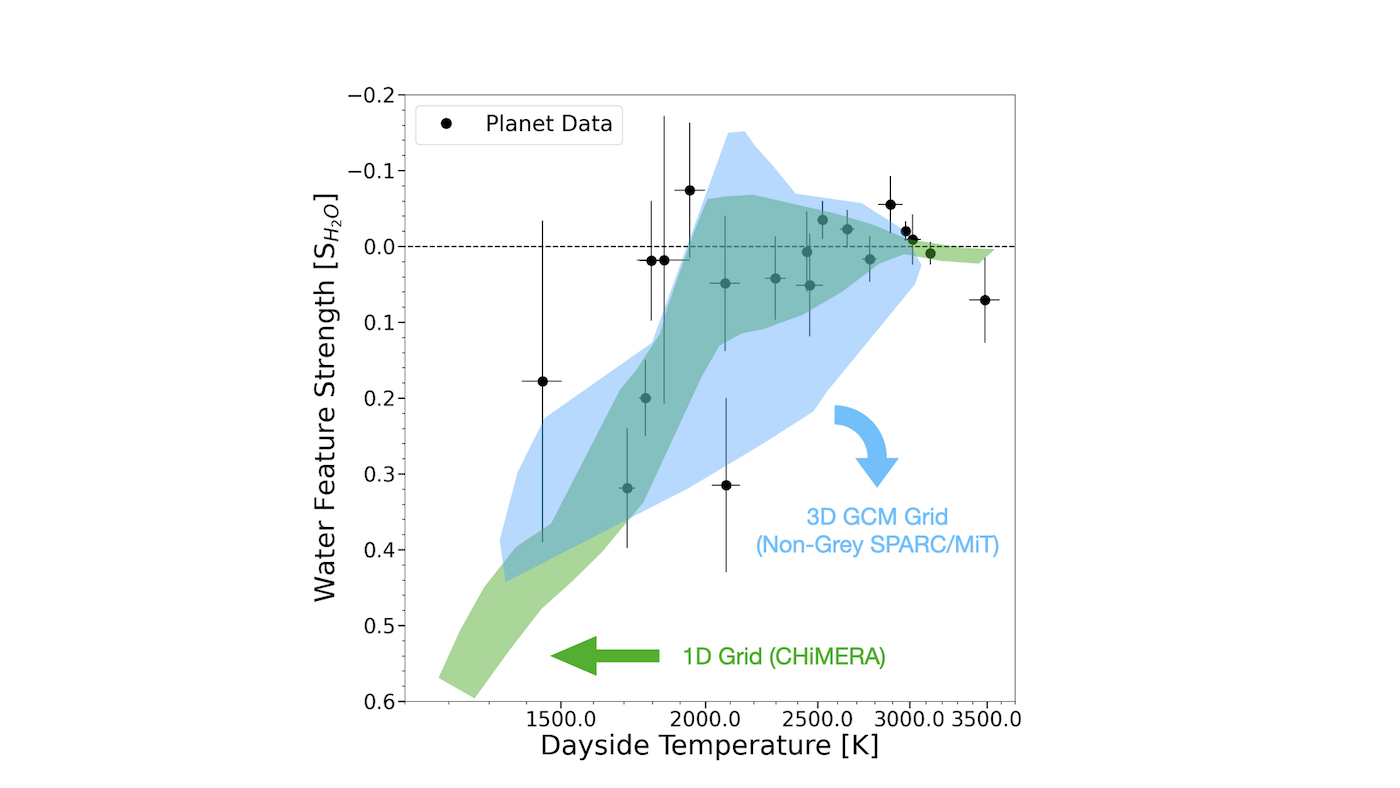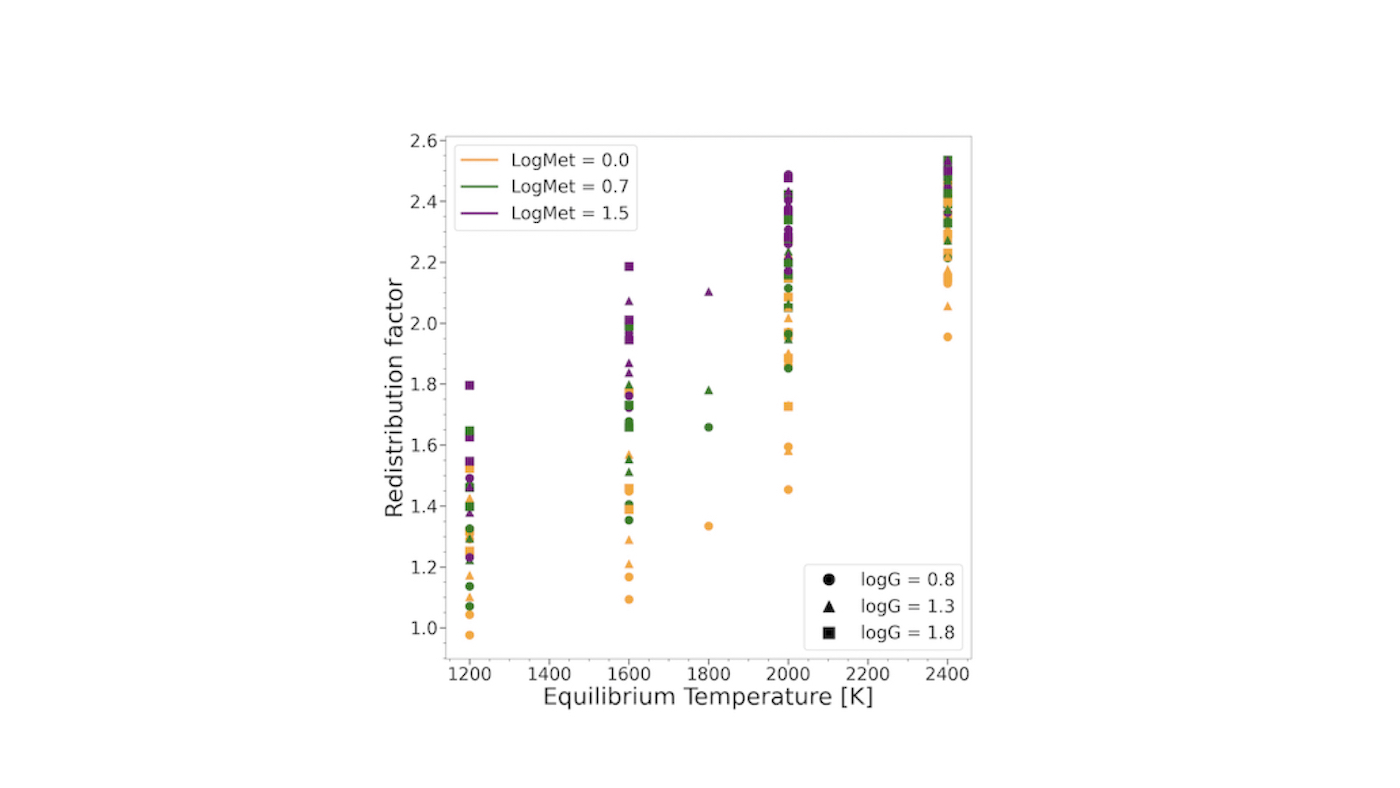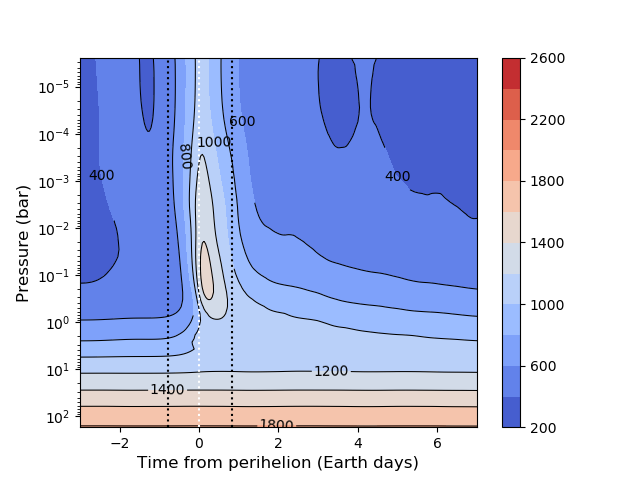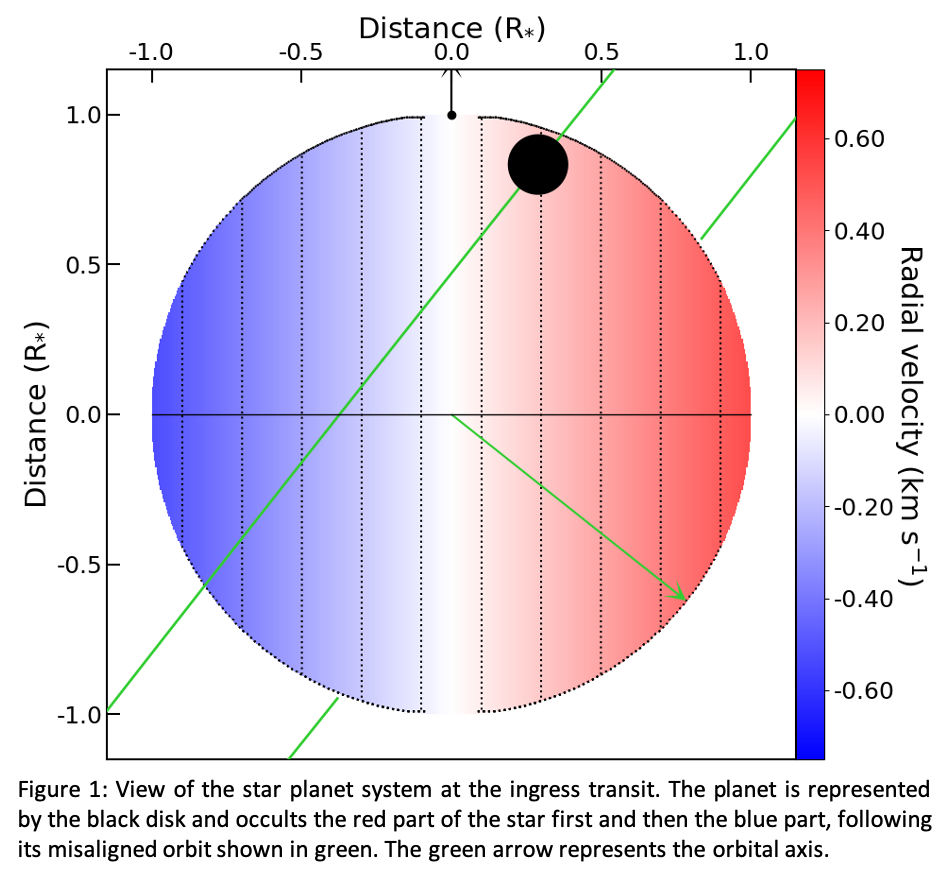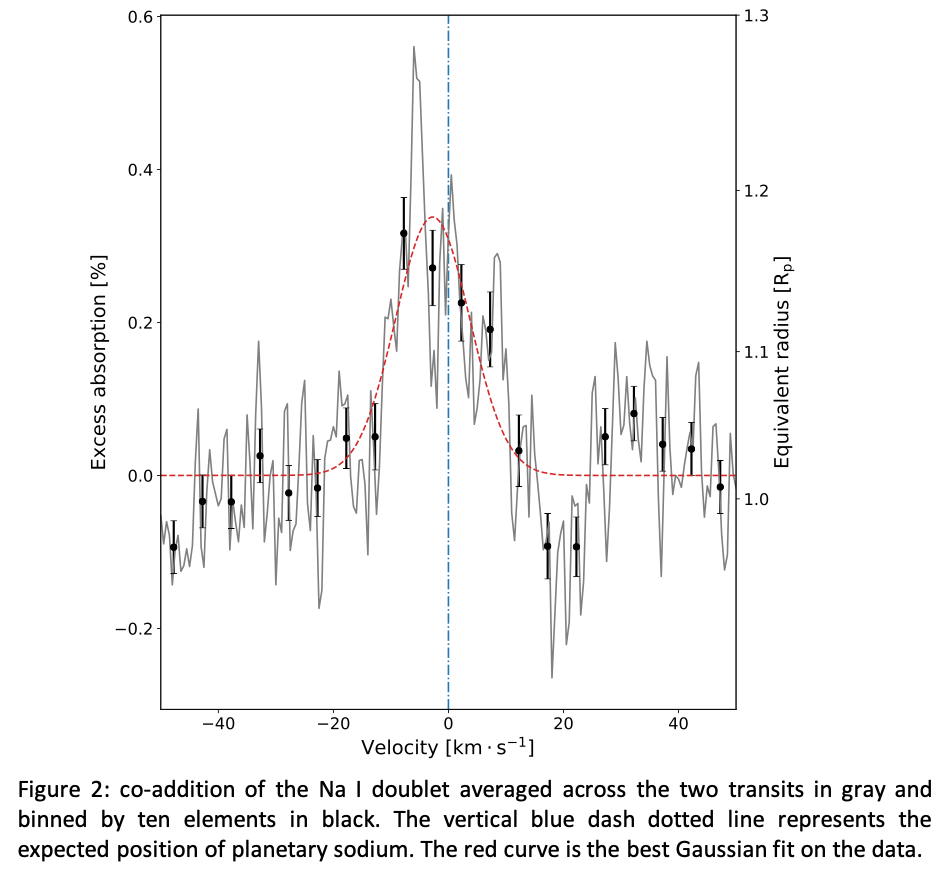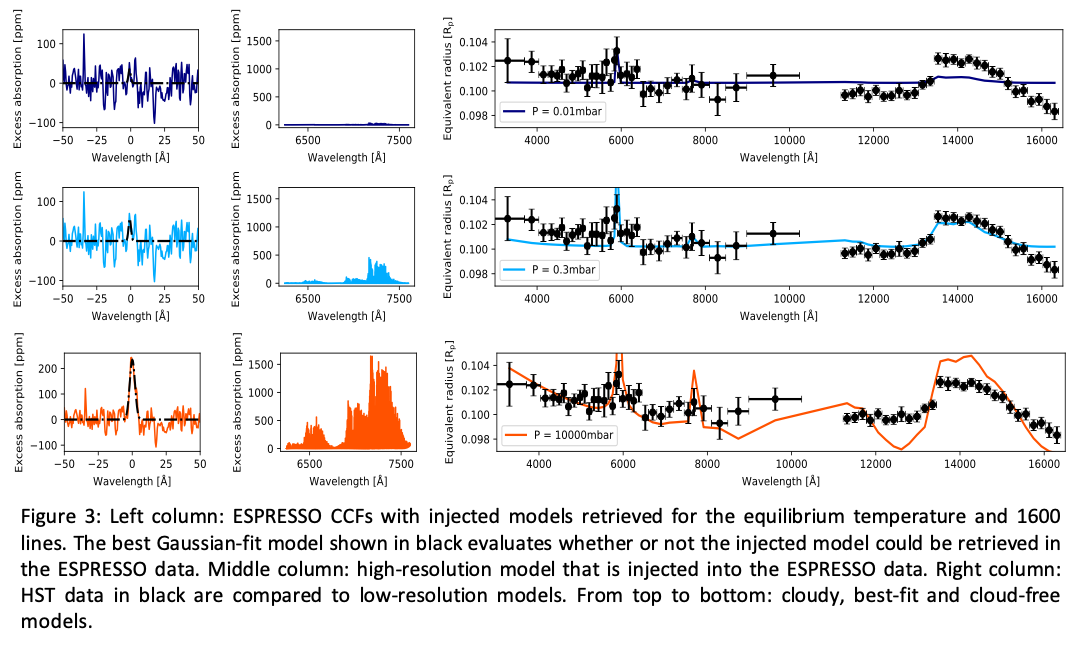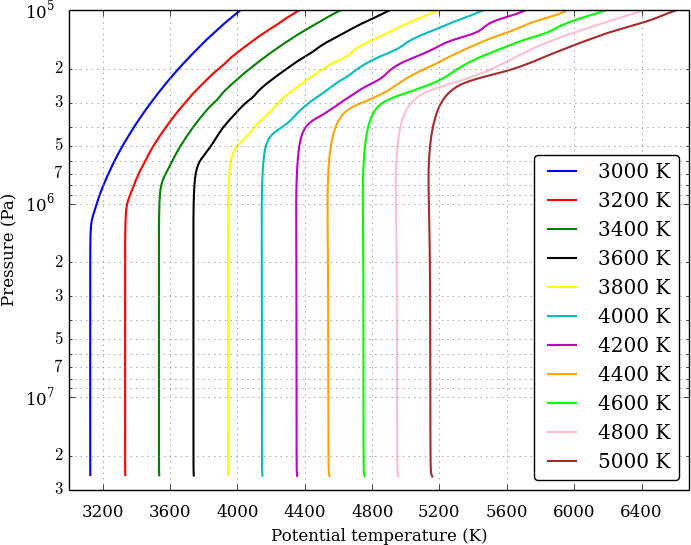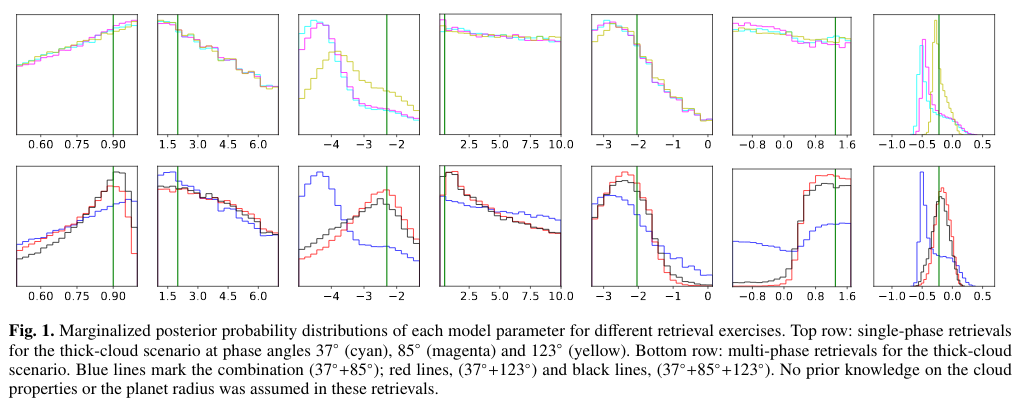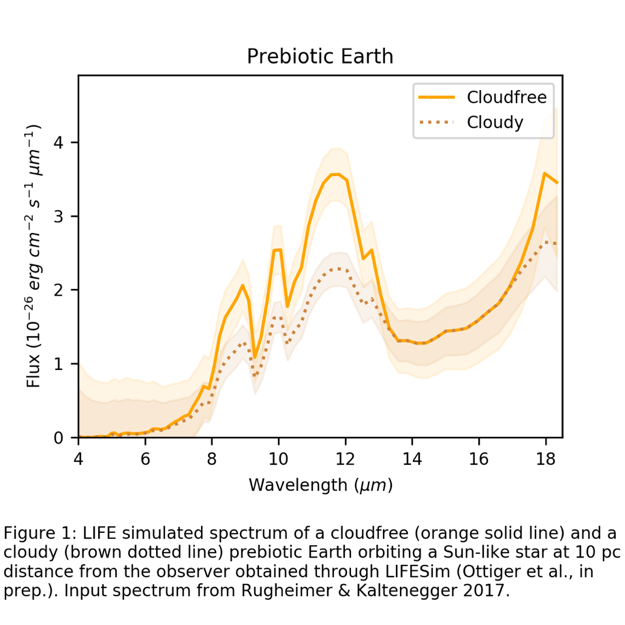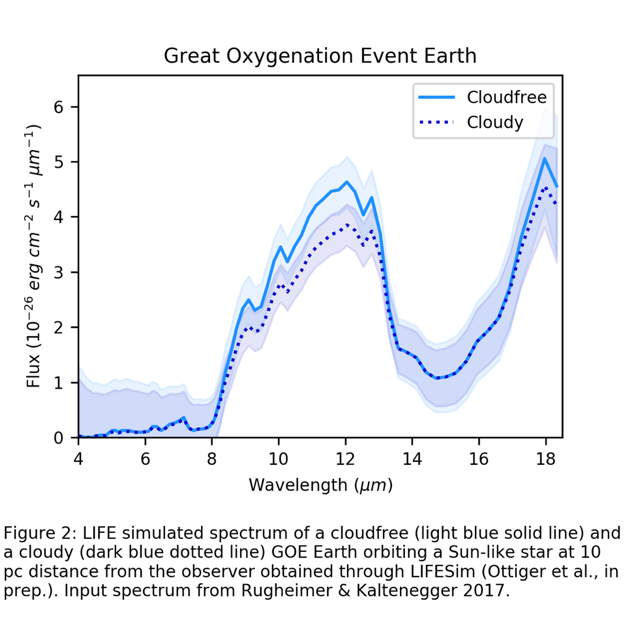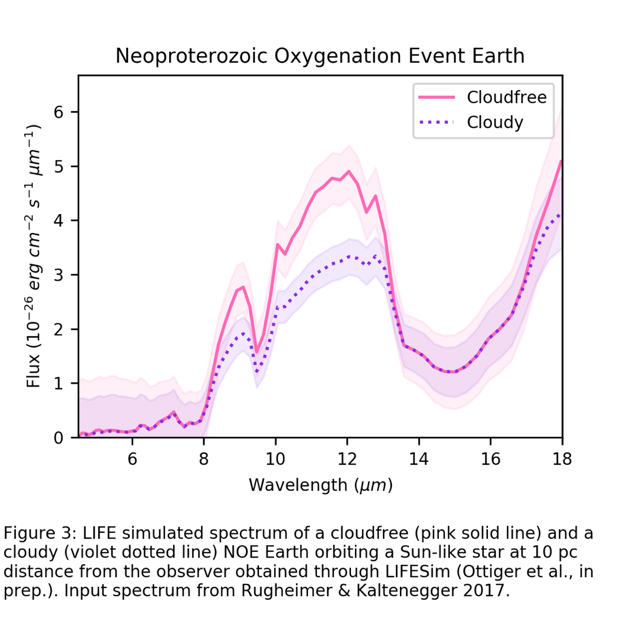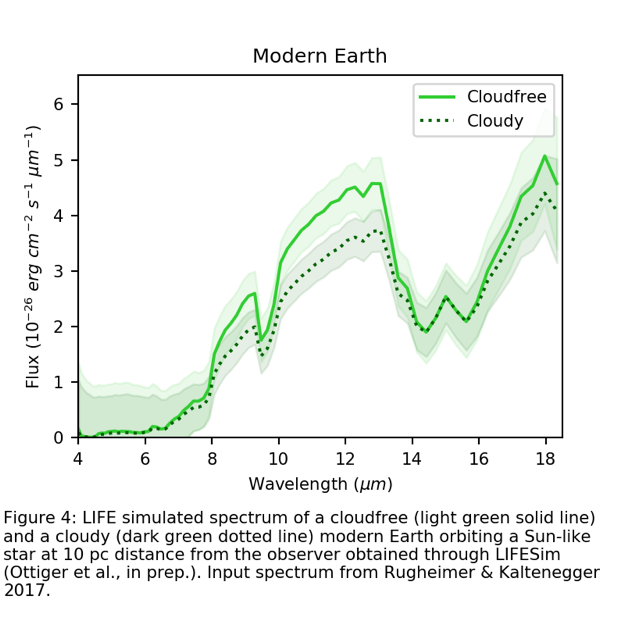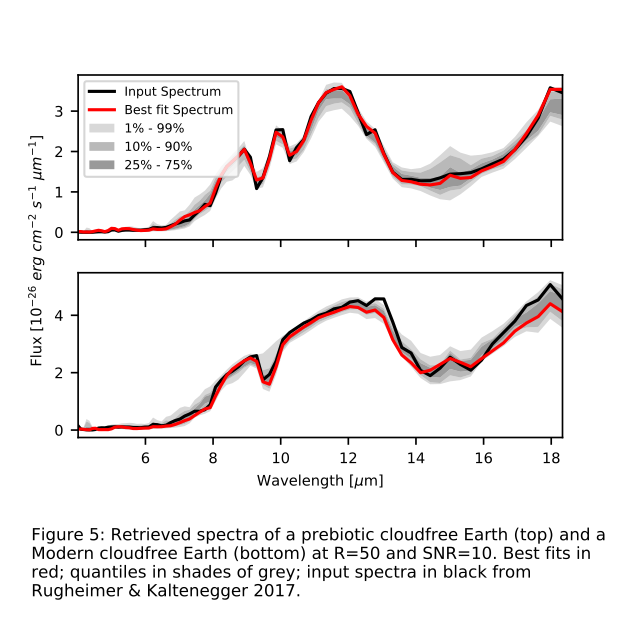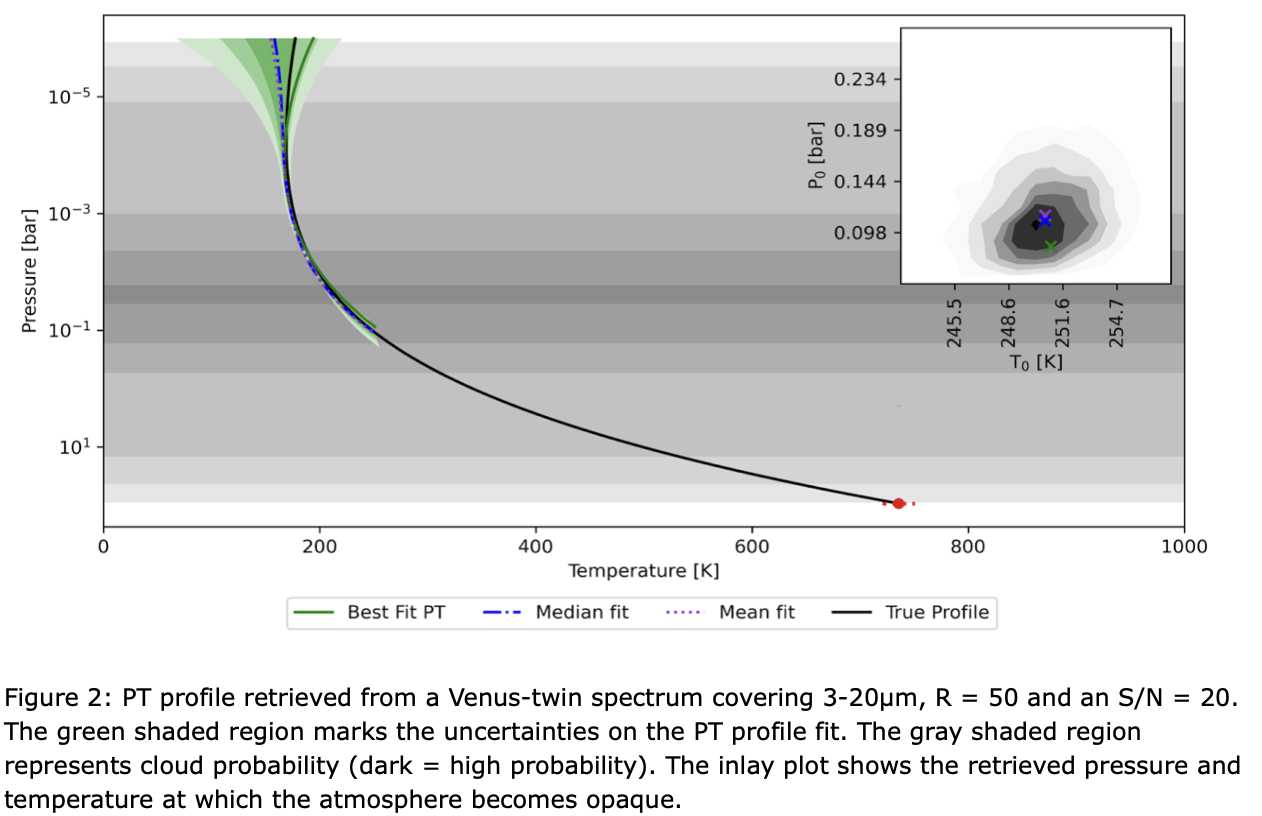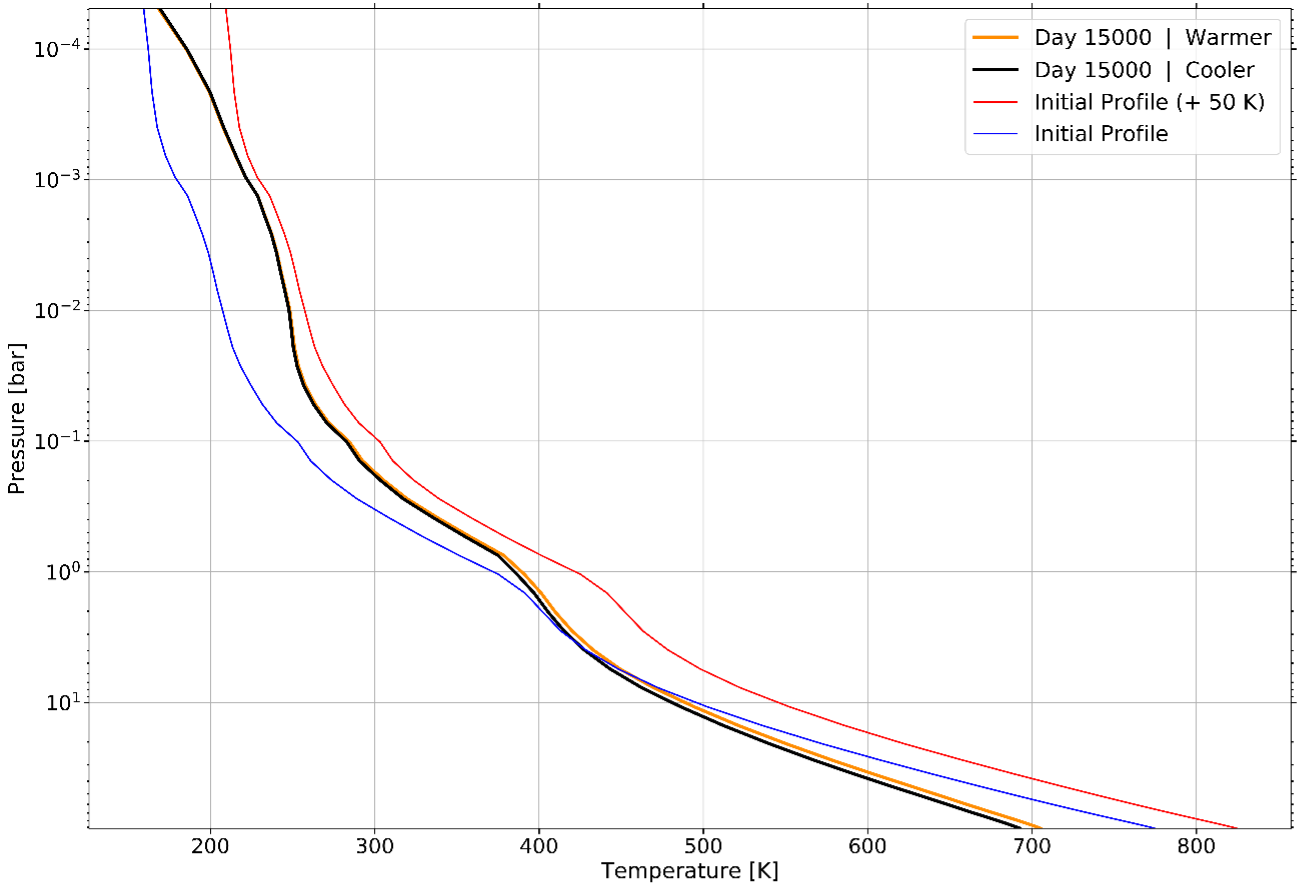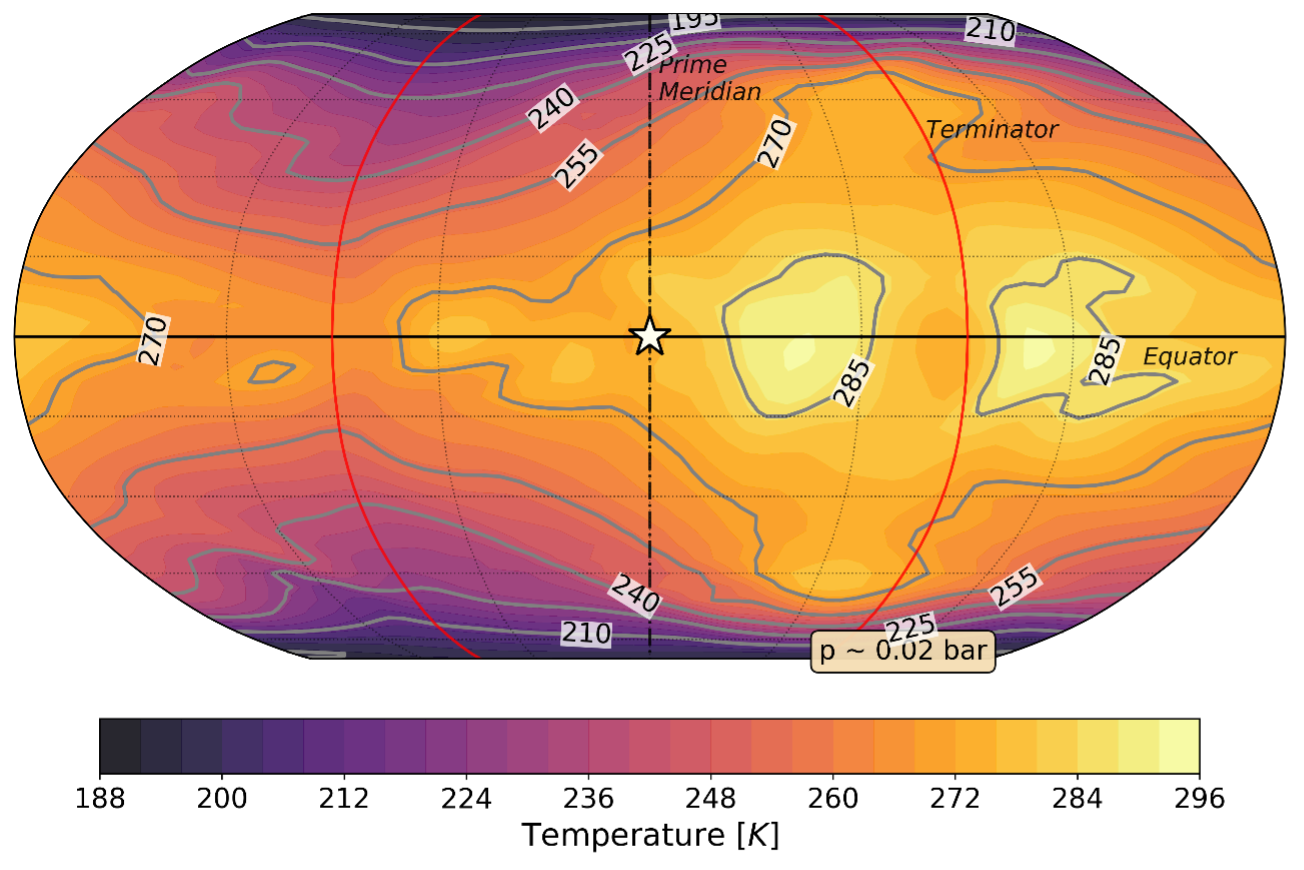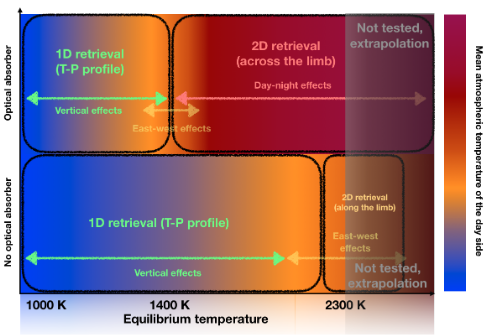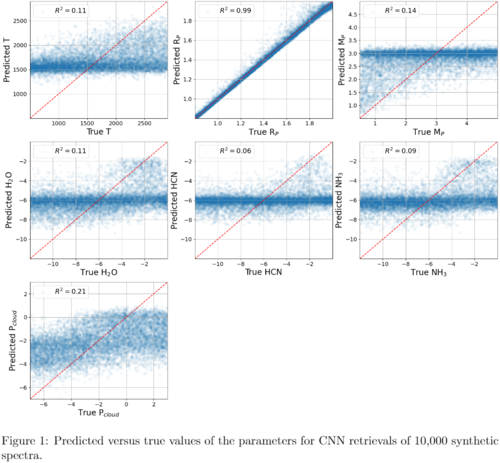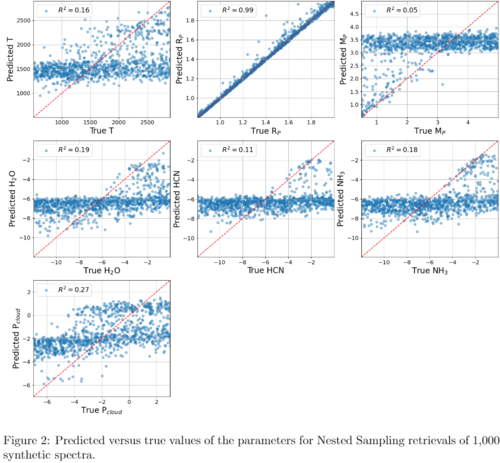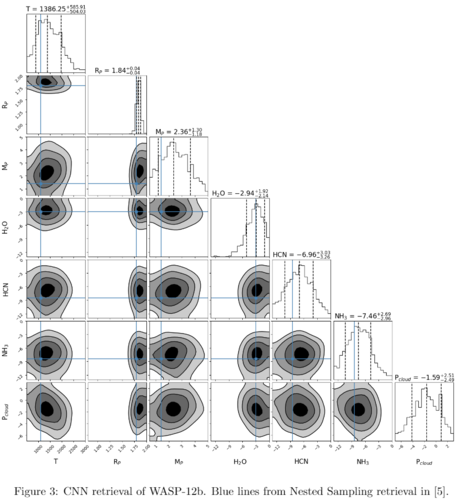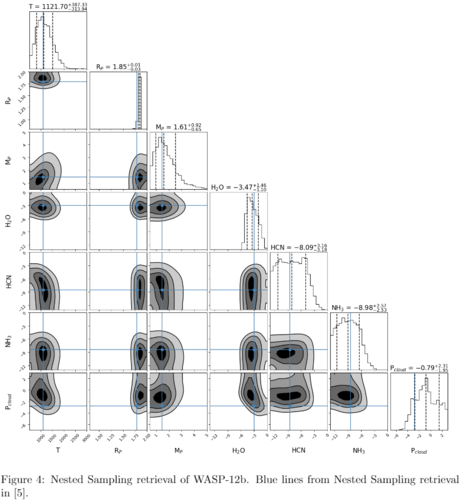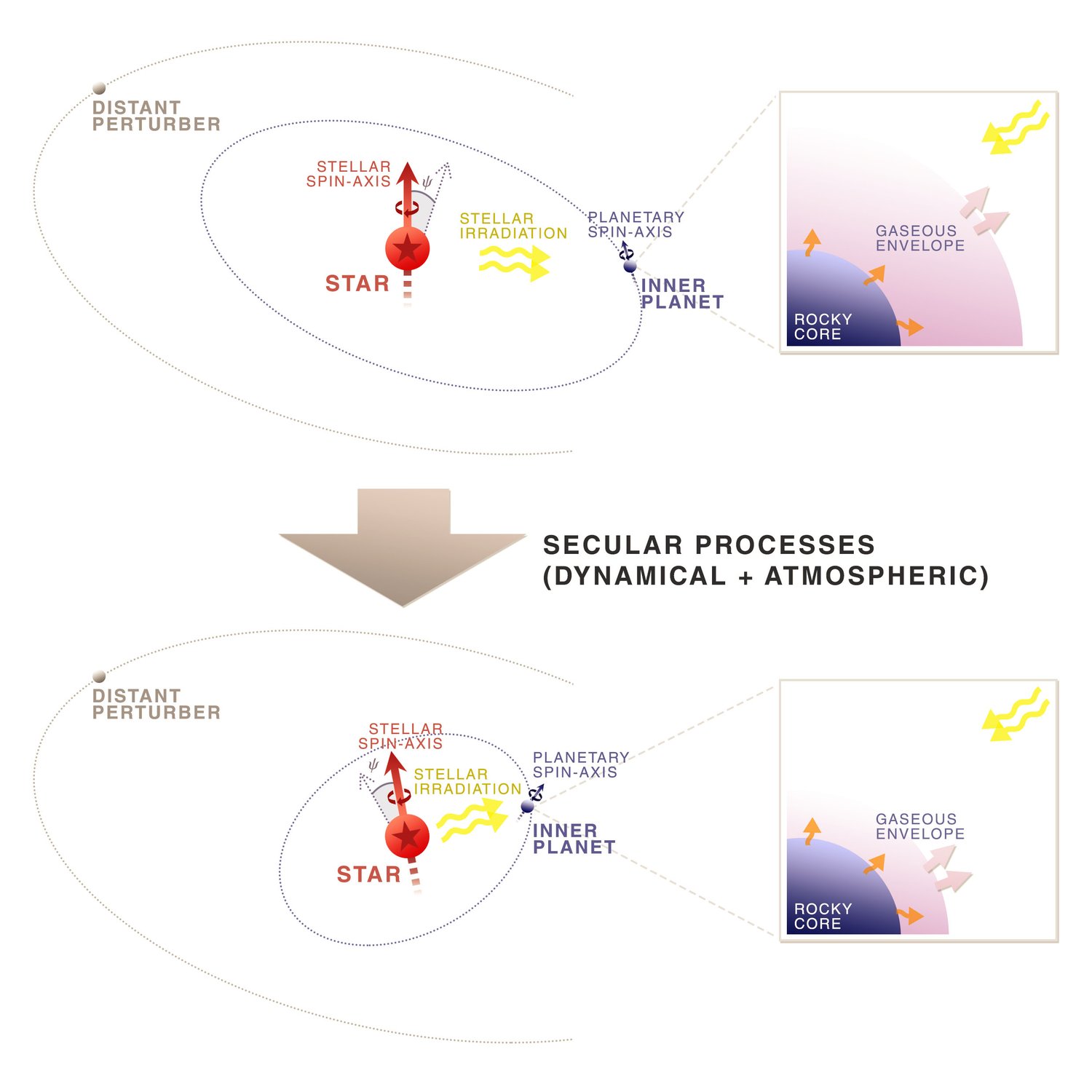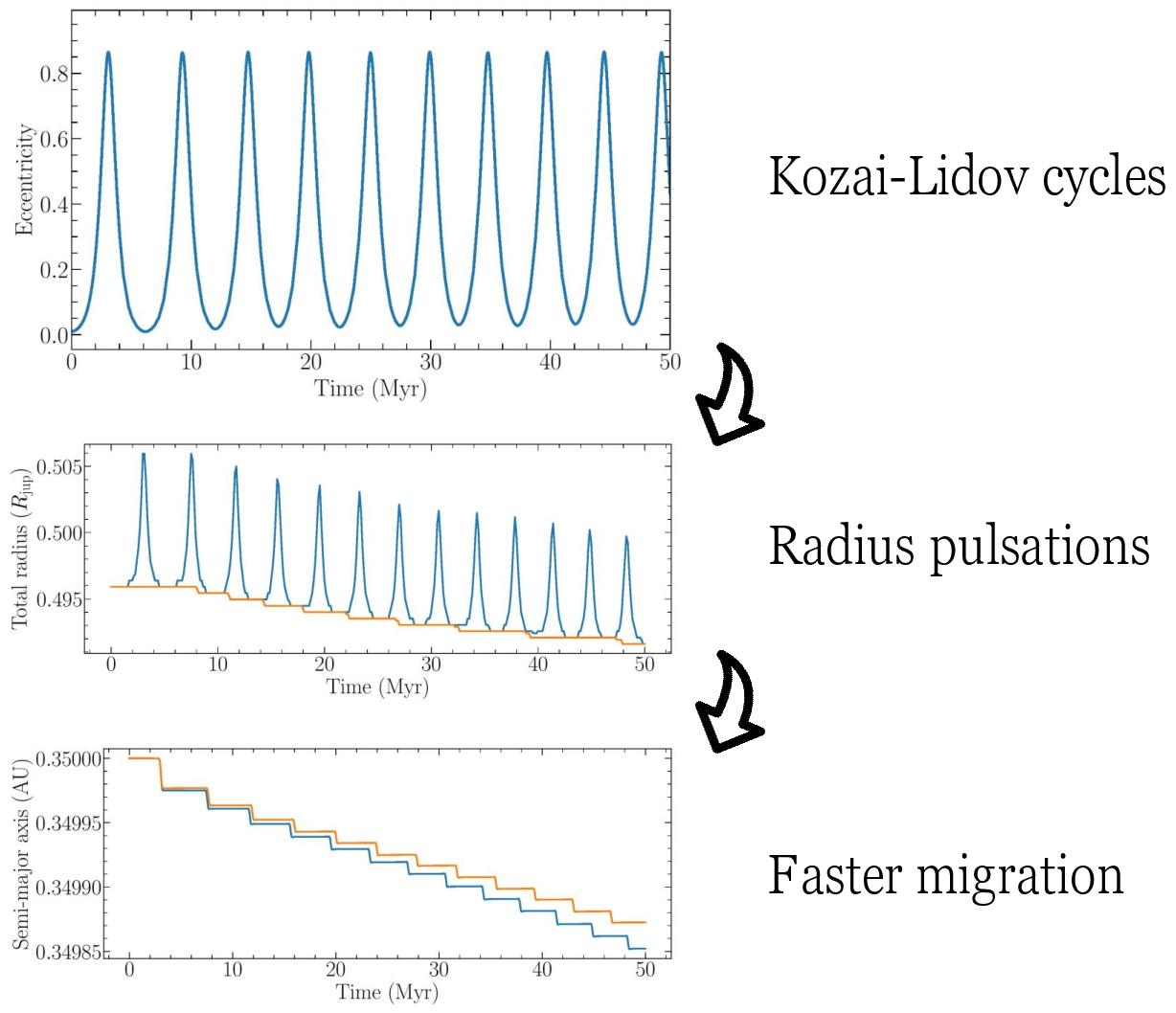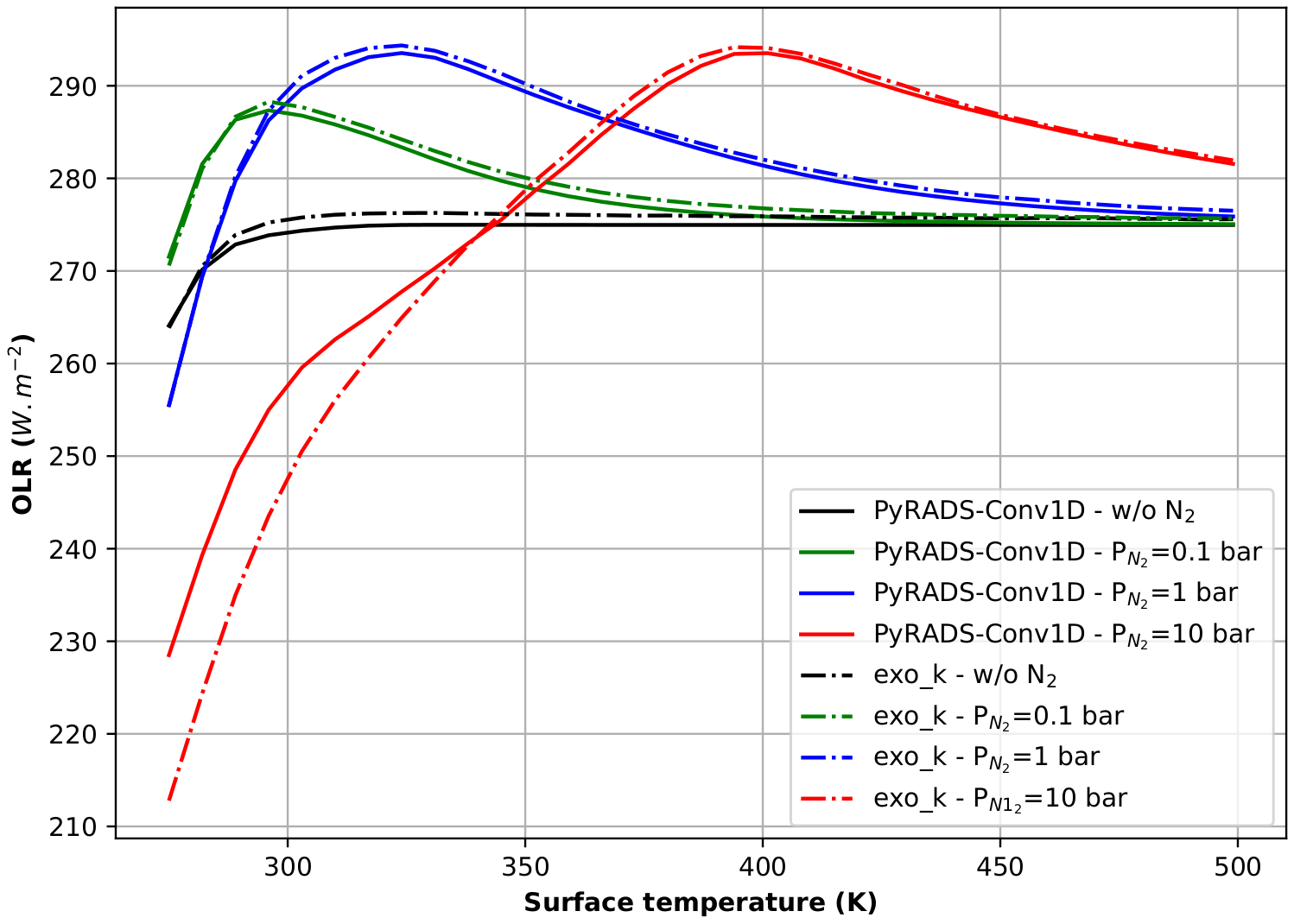The next generation of astronomical facilities will be able to retrieve exoplanetary atmospheric spectra in increasing quantity and of increasing quality. Radiative transfer (RT) models of these atmospheres is essential both for interpreting observational data and for linking these data to the planetary physical state with the aid of dedicated climate models. So far, a large effort has been placed in modelling the atmospheres of giant planets, which are the most easily accessible to observations. Now times are ripe to extend these studies to treat the relatively thin atmospheres of terrestrial-type exoplanets, which are the most likely targets for the search of atmospheric biomarkers.
Here we present a procedure to perform radiative transfer calculations for terrestrial-type exoplanets with temperate physical conditions (Simonetti et al. in preparation). The procedure is based on HELIOS and HELIOS-K, which are novel, flexible and publicly available codes developed by the University of Bern (Grimm & Heng, 2015; Malik et al., 2017, 2019; Grimm et al., 2021) as a part of the Exoclime Simulation Platform (ESP) repository. These codes make full use of the computing power of Graphics Processing Units (GPUs, colloquially known as graphics cards) being therefore much faster (up to one order of magnitude, see Grimm et al. 2021) than other similar codes and are integrated with a variety of molecular and atomic line repositories such as HITRAN (Gordon et al., 2017), HITEMP (Rothman et al., 2010) and Kurucz. Until now, HELIOS has been mostly applied to study Jupiter-like planets. The main features of the procedure that we have implemented for the treatment of rocky, habitable planets can be summarized as follows.
First, we added the treatment of the continuum absorption features of a variety of gases, in particular H2O (Clough et al., 1989; Mlawer et al., 2012) and CO2 (Gruszka & Borysow, 1997; Baranov et al., 2004; Baranov, 2018). These continua strongly contribute to the overall opacity of Earth-like atmospheres and cannot be neglected. Second, we paid special attention to the sub-Lorentzian profile of CO2 absorption lines, testing the effects of different recipes (Perrin & Hartmann, 1989; Tonkov et al., 1996). Third, we considered different hypotheses regarding the convective lapse rate of the troposphere. On these basis we: (i) tested the robustness of HELIOS and HELIOS-K against changes in model variables and (ii) compared them with other codes already published and used in the same context (e.g. LBLRTM Clough et al., 2005), as done by Yang et al. (2016).
One of the main goals of this work is to provide a new and fast radiative transfer treatment for the ESTM, an energy balance climate model with upgraded treatment of the vertical and horizontal energy transport Vladilo et al. (2015). The ESTM is extremely flexible and allows for a rapid exploration of the planetary and atmospheric parameter space, providing us the ability to map quantitative indices of habitability on these parameters (Silva et al., 2017). The flexibility of both HELIOS and ESTM will allow us to test a wide variety of atmospheric compositions, which have applications in the study both of exoplanets and of ancient Earth and Mars. Moreover, the HELIOS procedure adapted to terrestrial-type atmospheres can be used to generate synthetic TOA fluxes useful to link the conditions at the planet's surface with quantities that will become observable with future generations of instruments, such as secondary eclipse spectra and direct IR emission spectra from terrestrial-type exoplanets (see e.g. Quanz et al., 2021). Finally, the output of the same procedure can be applied to other codes in the ESP repository, such as the THOR GCM (Mendonca et al., 2016; Deitrick et al., 2020).


Figure 1 shows the TOA albedo obtained for three different stellar spectral classes for different values of surface temperature and stellar zenith angle, for an atmosphere of 1 bar of CO2 and a relative H2O humidity of 100%, as obtained by HELIOS using the procedure presented in Simonetti et al. (in preparation). The surface albedo was set to 0.15.
Figure 2 shows the relation between OLR and surface temperature for different radiative transfer models for an Earth-like atmosphere composed by N2, O2, 360 ppmv of CO2, 1.8 ppmv of CH4 and a temperature-dependent quantity of H2O (relative humidity equal to 100%). The thick red curve labelled "HELIOS" has been obtained with the novel procedure presented in Simonetti et al. (in preparation). The data relative to the other curves have been taken from Yang et al. (2016).
REFERENCES:
Baranov, Y. I. 2018, Journal of Molecular Spectroscopy, 345, 11
Baranov, Y. I., La erty, W. J., & Fraser, G. T. 2004, Journal of Molecular Spectroscopy, 228, 432
Clough, S. A., Kneizys, F. X., & Davies, R. W. 1989, Atmospheric Research, 23, 229
Clough, S. A., Shephard, M. W., Mlawer, E. J., et al. 2005, JQSRT, 91, 233
Deitrick, R., Mendonca, J. M., Schro enegger, U., et al. 2020, ApJS, 248, 30
Gordon, I. E., Rothman, L. S., Hill, C., et al. 2017, JQSRT, 203, 3
Grimm, S. L., & Heng, K. 2015, ApJ, 808, 182
Grimm, S. L., Malik, M., Kitzmann, D., et al. 2021, ApJS, 253, 30
Gruszka, M., & Borysow, A. 1997, Icarus, 129, 172
Malik, M., Kitzmann, D., Mendonca, J. M., et al. 2019, AJ, 157, 170
Malik, M., Grosheintz, L., Mendonca, J. M., et al. 2017, AJ, 153, 56
Mendonca, J. M., Grimm, S. L., Grosheintz, L., & Heng, K. 2016, ApJ, 829, 115
Mlawer, E. J., Payne, V. H., Moncet, J. L., et al. 2012, Philosophical Transactions of the Royal Society of London Series A, 370, 2520
Perrin, M. Y., & Hartmann, J. M. 1989, JQSRT, 42, 311
Quanz, S. P., Ottiger, M., Fontanet, E., et al. 2021, arXiv e-prints, arXiv:2101.07500
Rothman, L. S., Gordon, I. E., Barber, R. J., et al. 2010, JQSRT, 111, 2139
Silva, L., Vladilo, G., Murante, G., & Provenzale, A. 2017, MNRAS, 470, 2270
Tonkov, M. V., Filippov, N. N., Bertsev, V. V., et al. 1996, Applied Optics, 35, 4863
Vladilo, G., Silva, L., Murante, G., Filippi, L., & Provenzale, A. 2015, ApJ, 804, 50
Yang, J., Leconte, J., Wolf, E. T., et al. 2016, ApJ, 826, 222


